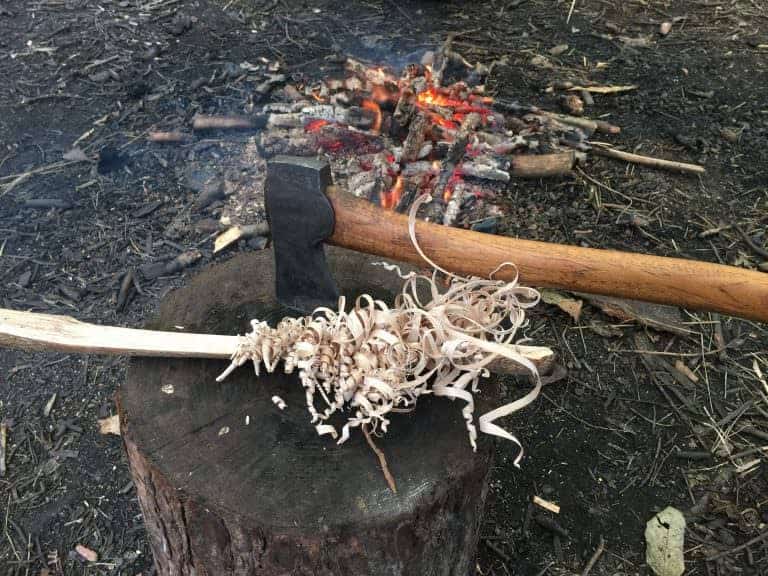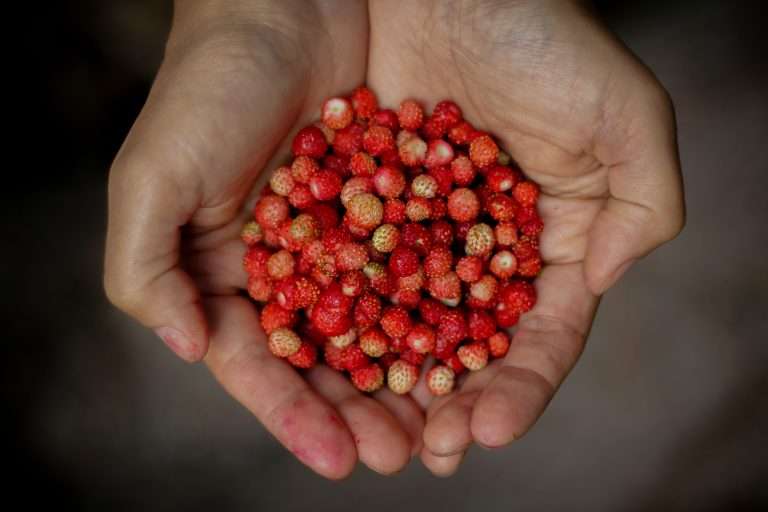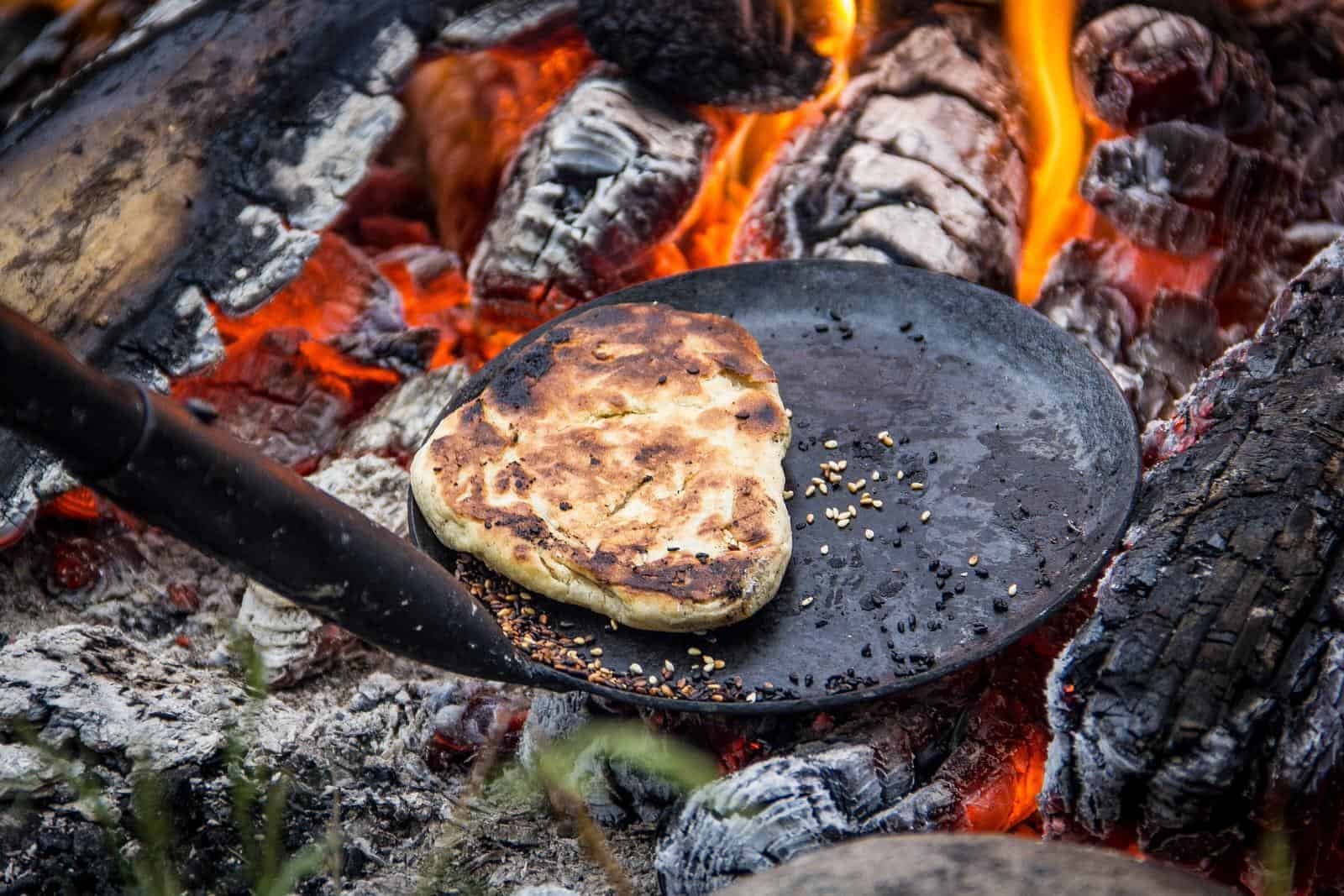Basic Axe Care
Basic Axe Care
The axe is an essential bit of kit, whether you’re heading out to the woods for the day or off on expedition. Having an axe with you is the difference between being able stay warm and cook food or not! But how do you look after it? Let’s look at the steps of basic axe care.
Why should we maintain our axes?
A well maintained axe is a safer axe and a more efficient axe too. They are often exposed to all winds and weathers, used repeatedly and transported around a lot, these factors can cause the axe to degrade if not cared for. The axe head is made from steel, but not usually stainless, so this leaves it at greater risk of rust, especially if not stored correctly and left damp and dirty. The axe handle is made of wood and if not properly cared for will warp and change in size meaning the handle could break or the head could become loose, which is not safe or ideal in any situation. 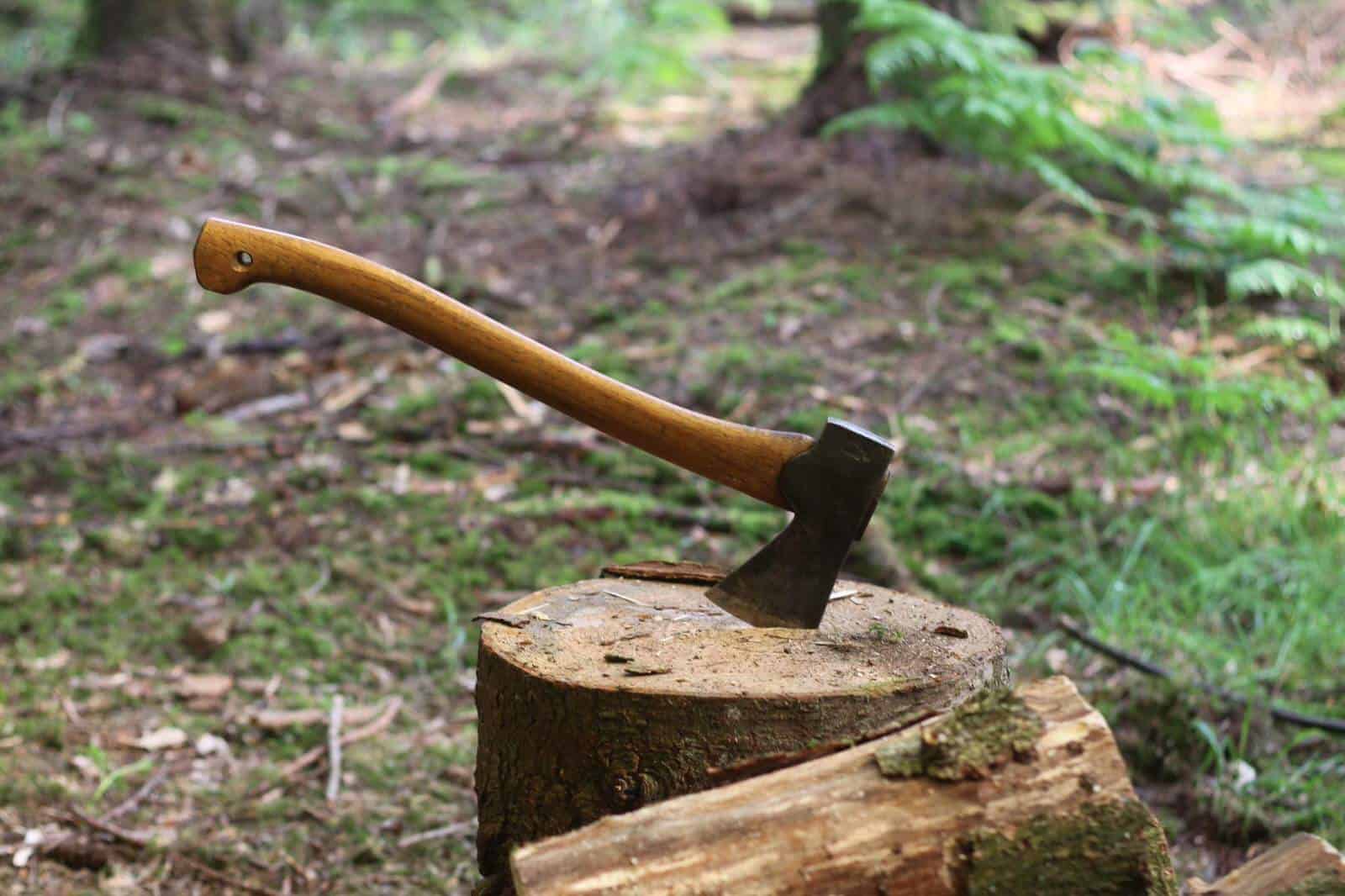
Basic axe care for the axe head-
Corrosion is the axe’s worst enemy, it makes it unsafe and reduces longevity. It also means it is more likely to chip and become blunt. Rust disintegrates the metal causing it to weaken, so to prevent this the axe head needs to be properly maintained.
First of all the axe head needs to be cleaned, it can often get covered in sap, tannins and dirt so this needs removing before further maintenance and storage. This can usually be wiped off with hot water and a cloth and then dried with a dry clean cloth. Once cleaned, it is good practice to oil the axe head, this keeps it in optimum condition and adds a protective layer. There are many oils that can be used but in an ideal situation an oil such as gun oil would be the oil of choice. This type of oil dries after application rather than leaving and wet slippy coating which can attract dirt as well as wipe onto other equipment and the sheath. The application is simple, apply to the clean axe head with a dry clean cloth. Use small circular motions to work the oil into the surface and to insure good coverage. Leave to dry for a short time before removing any excess with a clean dry cloth before replacing the sheath.
If any patches of rust have developed then use some wire wool along with the oil to gently work through the rust, then apply extra oil in this area for added protection.
(We will cover axe sharpening in a different blog)
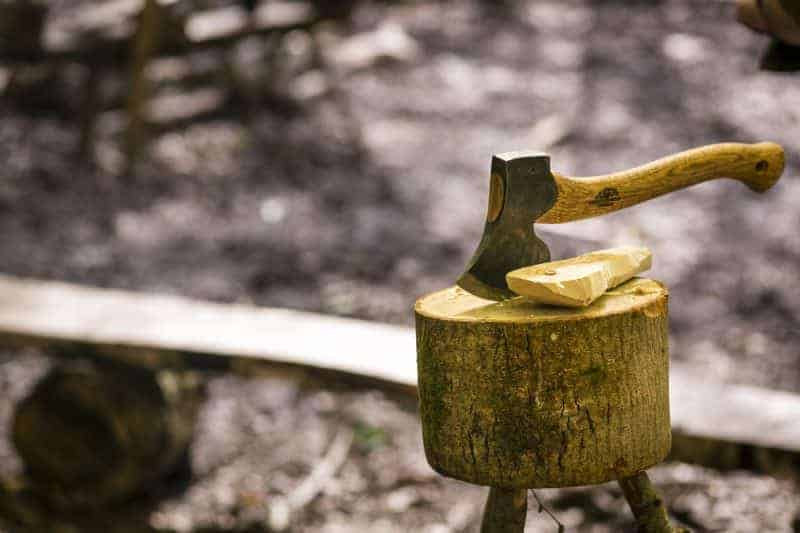 Basic axe care of the sheath-
Basic axe care of the sheath-
The sheath, or mask as it’s sometimes known, needs care too. This piece of equipment helps to prevent damage to the axe head but also to you when handling it and to stop damage to equipment when stored or transported with it. As the sheath is made of leather it will dry and split easily if not cared for. Try and keep it clean and dry, but when it does get dirty, clean it with hot water and a cloth. Once dried apply a protective layer with a leather conditioner, oil or aqueous wax, this will improve its longevity and give protective barrier.
Basic axe care of the handle-
Most axe handles are made from hickory wood, this is strong and reliant but still needs maintenance and care. A poorly cared for handle is unsafe. It can warp or shrink which means the axe head can become loose making it unsafe and ineffective.
Clean surface muck and grime off with hot soapy water and a sponge before drying thoroughly. If it needs deeper cleaning then some hand sanding may be necessary. Handles should be regularly treated with boiled linseed oil to keep the handle in good condition. It should be noted that only boiled linseed oil should be used rather than raw linseed oil as the raw version does not dry. This would leave the handle slippy and therefore unsafe to handle for obvious reasons!
Important– it is well documented that rags soaked in boiled linseed oil can spontaneously combust if left, especially if bundled or scrunched up together. Please do NOT leave these indoors or near anything flammable. Once finished with we burn ours, but if this is not an option for you then the next safest option is to hang them outside to

air dry. Hang them unfolded away from anything combustable and then dispose of them safely once completely dried.
Ideally your axe needs to be stored out of the elements in a climate controlled building. Too warm and dry will cause shrinkage of the handle, too cold and damp and it will warp and degrade. Also be sure to store the axe correctly too. Do not stack equipment on top of it as this can deform the handle and damage the head, the same applies when transporting your kit.
Basic axe care needs to be part of your kit maintenance. It is one of the most important pieces of equipment you will buy for bushcraft. No matter how great your knife is, it can’t fell a tree or split firewood. And without firewood you won’t have a source of heat or ability to cook food. So take care of your axe!



